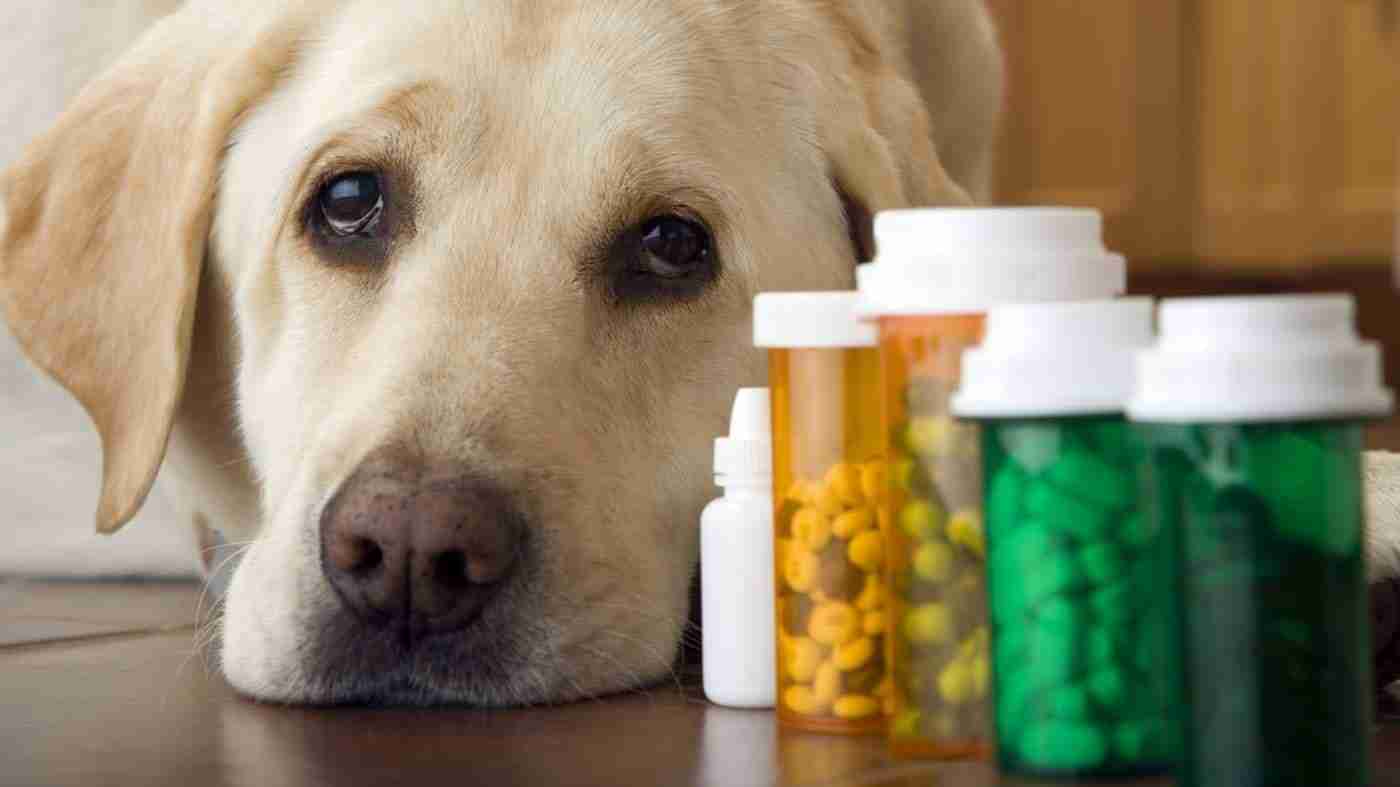How to give medicines to dogs and cats?


By Sonia Campa
Domestic cats have always been a point of contention for human beings, so much so that in the course of history they have gone from being objects of...
Cats chose hiding places that are unreachable, perfect for camouflage or they can jump inside: we listed 10 possible cat hiding places in our recent blog. But do we know...